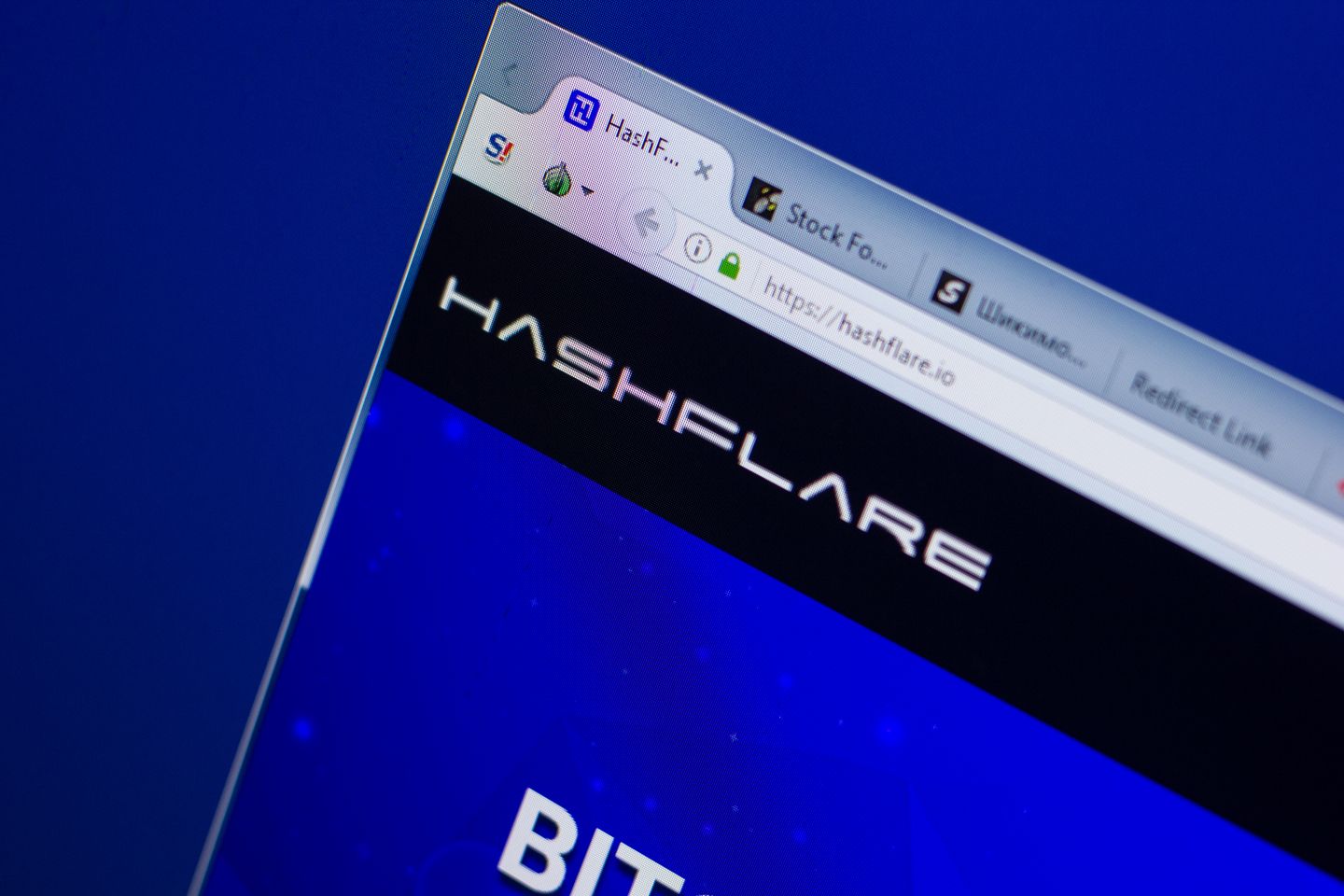HashFlare $575m fraud – what happened next?
The founders of the bitcoin (BTC) cloud mining platform HashFlare were arrested in Estonia in late 2022 following a joint investigation by Estonian and US authorities into alleged wire fraud and money laundering.
In February 2025, Sergei Potapenko and Ivan Turõgin pleaded guilty to conspiracy to commit wire fraud and money laundering, admitting they had defrauded around 440,000 investors worldwide through fraudulent cloud mining contracts between 2015 and 2019.
According to court filings, investors collectively spent more than $575m on the platform. The US Department of Justice (DOJ) confirmed that HashFlare operated only about 1% of its claimed bitcoin mining capacity, with most investor dashboards showing fabricated performance data. Withdrawals were allegedly funded by new deposits rather than actual mining returns – a structure resembling a classic Ponzi scheme.
Nick Brown, the US attorney for the Western District of Washington, described the case as 'astounding in size and scope', noting that the defendants 'capitalised on both the allure of cryptocurrency, and the mystery surrounding cryptocurrency mining, to commit large-scale fraud.'
What was HashFlare?
Founded in 2015, HashFlare was promoted as a bitcoin mining service allowing users to rent computing power in exchange for a share of mining profits. Investors could purchase 'hashrate' contracts and monitor apparent returns through online dashboards.
In practice, the company generated minimal actual mining output, operating about 3% of its promised altcoin capacity and roughly 1% of its bitcoin mining power. Despite presenting detailed performance data, most of the mining activity was largely simulated rather than genuine.
The platform attracted thousands of users globally but disappeared abruptly in 2019 after announcing the suspension of key services and withdrawals.
The HashFlare and Polybius schemes
Potapenko and Turõgin also launched a project called Polybius, described as a blockchain-based 'crypto bank'.
In reality, Polybius never became a functioning financial institution and paid no dividends. The founders raised at least $25m from investors, which prosecutors said was quickly diverted into private accounts and cryptocurrency wallets.
The DOJ stated that both schemes formed part of a coordinated operation to attract investment through misleading claims and promotional materials. Investigations revealed that funds were channelled into Estonian real estate, luxury vehicles, international bank accounts and crypto holdings.
Brown noted: 'They lured investors with false representations, then paid early participants using money from later ones. They tried to conceal their profits through properties, bank accounts and virtual currency wallets around the world.'
Sentencing and asset recovery
In 2025, both Potapenko and Turõgin were sentenced to approximately 16 months of time served, fined $25,000 each, and ordered to complete three years of supervised release.
The ruling – considered lenient by some commentators – is now under appeal by US prosecutors, who have asked the Ninth Circuit Court to review the decision.
More than $400m in assets, including real estate, vehicles, cash and digital wallets, were seized or forfeited under plea agreements. These funds are expected to be distributed to victims through an upcoming DOJ remission process, though the final timeline has yet to be announced.
Both defendants will complete their supervised release in Estonia under bilateral arrangements between US and Estonian authorities.
Legal analysts note that, while the DOJ’s appeal is ongoing, overturning the sentence is unlikely unless a clear judicial error is demonstrated.
Victim compensation and ongoing litigation
Authorities continue to identify and secure remaining assets linked to the HashFlare and Polybius operations.
The DOJ confirmed that a victim compensation framework is being developed, and registered claimants will be notified once details are finalised.
While the HashFlare case has largely concluded in court, its legacy continues to shape discussions about fraud prevention, transparency and accountability in crypto-related ventures.
It remains one of the largest cryptocurrency frauds prosecuted in the United States and serves as a reminder that regulatory oversight and due diligence are essential as digital assets continue to evolve.
Create an account Open a demo account
FAQ
What was the HashFlare crypto mining platform?
HashFlare was a cloud-based cryptocurrency mining platform founded in 2015. It allowed users to rent computing power to mine bitcoin and other digital assets. In practice, investigators found that only a small proportion of its claimed mining capacity was operational, with most performance data shown to investors being falsified.
How much money did investors lose in the HashFlare fraud?
According to the US Department of Justice, investors spent more than $575m on fraudulent mining contracts between 2015 and 2019. Court documents revealed that the platform used new deposits to fund withdrawals, mirroring the structure of a Ponzi scheme.
What penalties did the HashFlare founders receive?
In 2025, founders Sergei Potapenko and Ivan Turõgin pleaded guilty to conspiracy to commit wire fraud and money laundering. They were sentenced to around 16 months of time already served, fined $25,000 each, and placed under supervised release in Estonia. The US Department of Justice has appealed the sentence, seeking a review by the Ninth Circuit Court.
What can investors learn from the HashFlare case?
The case highlights the importance of verifying the credibility of crypto or investment schemes before committing funds. While digital assets can provide technological innovation and diversification opportunities, they also carry significant risks, particularly where transparency, regulation and independent auditing are limited. Due diligence and a balanced understanding of potential outcomes remain essential.